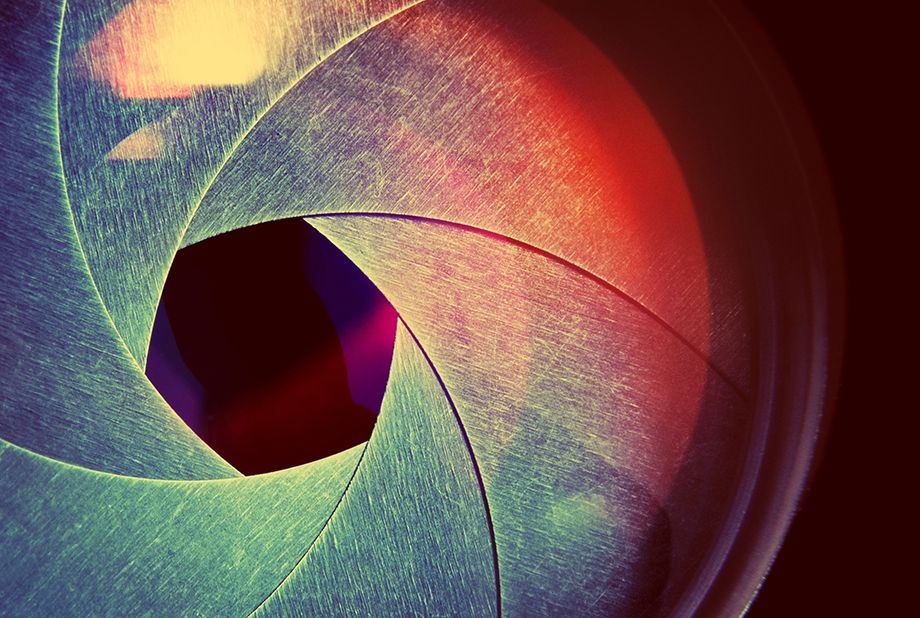

But, I haven’t tested one of these, because I don’t use any of them. Instead of this, it can also use your Lightroom, iPhoto or Aperture catalog. But, this is necessary to do the magic: comparing the images and show similar images from all over your image folder, regardless when and where you took that image. In my case this folder needed about 1,1 GB of my hard disk space. It creates a folder inside your home directory (Library/Application Support/_1.0.0) to store small pieces of data for each of the scanned images. For my image folder containing about 10,000 images this step lasted about 30 minutes or so. Next, all images in this folder and all other folders below this starting point are read and indexed. How? With the new app “snapselect” by MacPhun.Īt the first start the app asks you for your images folder.

You can have this on you own computer, too. Maybe you’re stumbled upon Google’s image search, where you can put an image in the box designed to put the search term into and Google will show similar images from the web. This is a good workflow for finding the best shots, but it won’t help to find and compare similar photos taken in different places or on different trips or on different times. Repeat this until 5 stars are given to your best shots from that trip or shooting. Next filter all shots and select those with 1 star and mark the best of these with 2 stars. In my last post on this I mentioned the star system, for marking bad shots with a waste-bin, good shots with 1 star.
#SNAPSELECT PHOTOS FULL#
This results in a full memory card with lots of photos to be checked. Or I try different settings, or taking redundant shots from similar plants / flowers / landscapes / posings … – you name it. While I’ve chosen my frames very carefully to avoid bad shots when I was photographing on film, I now often waste room by taking additional shots for different angles, take safety shots in tricky situations or when standing on wobbling ground. raw? Assuming, one photo needs 25 MB storage, I’d be able to take about 1.300 photos with only one card. But, this was quite expensive. 1 film containing 36 shots with development and prints was as expensive as a todays 32 GB SD-Card from a medium quality brand (or a 128 GB SD card, when including inflation considerations).īut, what can I do with a 32 GB SD card compared to the 36 shots on film? Do you remember my post on jpg vs. A few days later you got your developed film and a bunch of prints, depending on your type of film and the selected service. Or, depending on your destination, you even were able to find a lab in your trip location. You took a film with 20,24 or 36 shots on your trip and gave it to the lab after coming back home. Anything you do while in the plug-in will only be applied to that selection (back in PS).Back, in film days it was easy. Use the Quick Selection wand to select exactly where you want to apply NR, then copy your layer before going into Noiseless.
#SNAPSELECT PHOTOS PRO#
Finally, if you want to be way more precise on the selective NR, run the Pro version as a plug-in. Sometimes you want to decrease NR to help keep the photo a little sharper - plus, as you recognize, a little noise can often help a photo look… well… more “photographic.” -)Ĥ. The Filters pane lets you reduce the amount of noise reduction ( NR) based on tonal range.
#SNAPSELECT PHOTOS CODE#
Both of these utilize code from Intensify to help you retain sharp details.ģ.

The Pro version also adds a new Details pane, in addition to Structure. The algorithms have been tweaked for the best results possible.Ģ. If you’re using the Pro version, try to apply noise reduction on your RAW files.


 0 kommentar(er)
0 kommentar(er)
